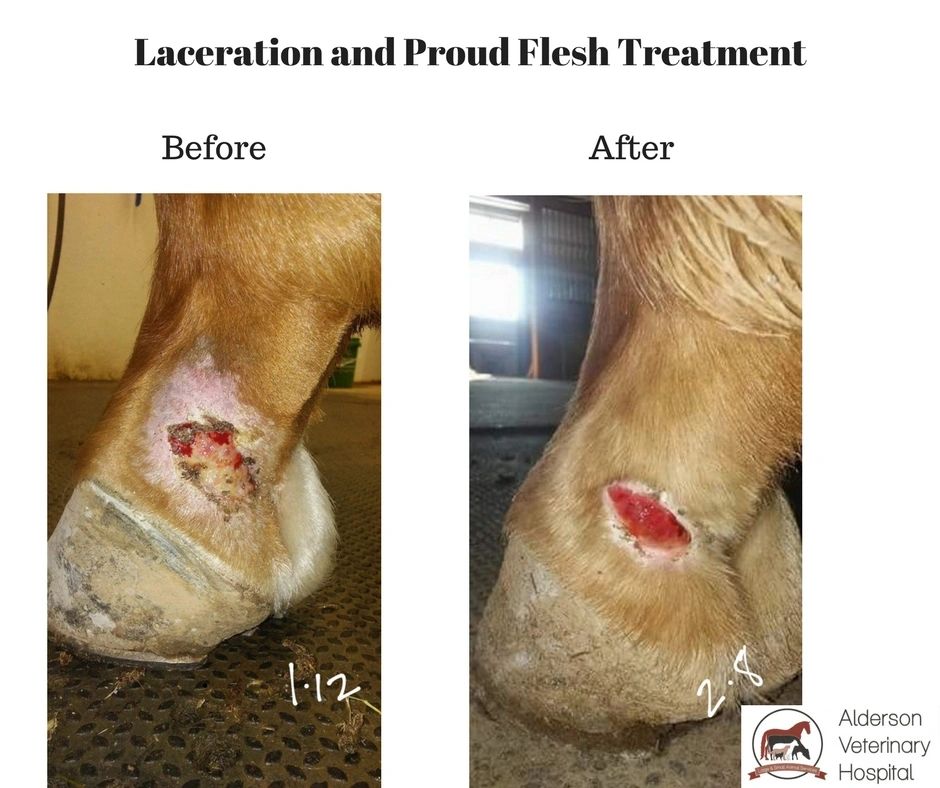Assessing the Performance of Laser Therapy in Equine Therapy for Injury Rehabilitation
The analysis of laser therapy's efficiency in equine injury recovery depends upon several variables, including healing time, discomfort mitigation, and tissue regrowth. Clinical research studies recommend remarkable enhancements in conditions like tendonitis and osteo arthritis, credited to improved cellular feature and raised ATP manufacturing. Veterinarians often observe premium outcomes with laser therapy compared to traditional approaches, positioning it as a vital component in equine care. The requirement for continual surveillance and tailored treatment strategies can not be overstated. What particular scientific proof sustains these insurance claims, and exactly how do vets carry out these methods in technique?
Recognizing Laser Treatment
Laser therapy has become a pivotal device in vet medicine, particularly in the therapy of equine problems. Understood for its non-invasive nature and efficacy, laser treatment entails the application of details wavelengths of light to promote cells repair and reduce swelling. This restorative modality is significantly preferred for its ability to accelerate the recovery process in steeds experiencing a range of bone and joint injuries and persistent conditions.
The main device behind laser therapy is its capacity to enhance mobile features. When laser light penetrates the skin, it is soaked up by mitochondria, the powerhouse of cells, which results in raised production of adenosine triphosphate (ATP) This biochemical power increase helps with mobile repair and regeneration. In addition, laser treatment promotes vasodilation, enhancing blood circulation and oxygen delivery to damaged cells, hence speeding up recuperation.
In equine medication, laser treatment is specifically advantageous for conditions such as tendonitis, osteo arthritis, and injury recovery. The strategy is admired for its pain-relieving residential properties, permitting horses to restore wheelchair and feature more rapidly. Veterinarians also appreciate its very little negative effects contrasted to various other therapy methods, making it a reputable and secure alternative for equine treatment.

Exactly How Laser Treatment Works

Upon absorption, these photons trigger a collection of biochemical modifications, enhancing mitochondrial feature and causing boosted adenosine triphosphate (ATP) production. This surge in ATP speeds up cellular metabolism, advertising tissue repair and regrowth. Furthermore, laser therapy modulates inflammatory feedbacks by impacting cytokine levels and decreasing oxidative tension, thereby alleviating discomfort and swelling.
One more significant facet of laser treatment is its role in boosting microcirculation. The treatment advertises vasodilation, improving blood flow and oxygen delivery to damaged cells (Equine Therapy). This facilitates the removal of mobile debris and sustains the expansion of fibroblasts and collagen synthesis, crucial for injury recovery
Scientific Proof
The effectiveness of laser treatment in equine treatment has been substantiated with numerous clinical research studies, showcasing its therapeutic prospective throughout a range of conditions. A number of regulated trials and observational researches have actually recorded significant enhancements in cells repair, pain reduction, and total rehabilitation timelines. A research conducted by Turner et al. (2012) demonstrated that equines treated with low-level laser therapy (LLLT) for ligament injuries showed accelerated healing compared to those getting traditional treatments. The research study highlighted a significant decrease in swelling and boosted collagen development.
Similarly, study by Johnson and coworkers (2015) concentrated on equine muscular tissue injuries, disclosing that laser treatment substantially accelerated muscle mass fiber regeneration and reduced muscle rigidity. These searchings for were corroborated by histological evaluations revealing improved muscle cells organization. Scientific evaluations have actually revealed that laser therapy can alleviate persistent conditions such as osteo arthritis. A research study by Smith et al. (2018) reported that horses with osteoarthritic joints experienced remarkable discomfort relief and raised series of motion adhering to a program of laser therapy sessions.
Vet Insights

Vets additionally appreciate the flexibility of laser therapy. It can be used for a broad variety of conditions, from superficial injuries to much deeper musculoskeletal injuries. Dr. Emily Brown highlights its utility in treating conditions like tendonitis and osteoarthritis, where conventional therapies typically fall short. She mentions that laser therapy can be tailored to the details demands of each steed, making certain optimum results.
Additionally, vets value the capacity to integrate laser therapy with various other therapy modalities. This multimodal approach can boost general treatment efficiency, supplying a detailed service for equine rehabilitation. Such recommendations from experienced professionals emphasize the growing approval and application of laser treatment in equine medicine.
Practical Factors To Consider
An essential aspect of applying laser treatment in equine treatment entails recognizing the useful factors to consider that ensure its efficiency and security. First and foremost, it is critical to choose the appropriate laser gadget, as various more helpful hints kinds vary in wavelength, power, and penetration deepness. Equine Therapy. Veterinarians have to be skilled in these criteria to tailor therapy protocols successfully to each injury type
In addition, the frequency and period of laser treatment sessions need cautious preparation to make best use of restorative advantages while minimizing any type of possible adverse impacts. Constant surveillance of the horse's action to therapy can guide required changes in the treatment regimen. Establishing a risk-free and regulated setting throughout treatments is also necessary to prevent unintentional exposure to laser discharges, which can harm both the horse and the handler.
Training and qualification of weblink employees administering laser therapy are vital to make certain correct technique and to copyright safety standards. Furthermore, preserving precise documents of each session, consisting of laser setups and observed end results, is essential for reviewing the overall effectiveness of the treatment and for making data-driven decisions.
Conclusion
Laser therapy has become a reliable modality in equine injury rehab, providing considerable advantages in healing time, pain relief, and tissue healing. Clinical studies underscore considerable enhancements in conditions such as tendonitis and osteo arthritis, credited to boosted mobile feature and boosted ATP production. Veterinarian observations substantiate these findings, highlighting superior outcomes contrasted to standard therapies. For optimal outcomes, constant tracking and personalized treatment protocols continue to be crucial in leveraging the complete possibility of laser treatment in equine treatment.
Comments on “Equine Therapy Programs: Transforming Lives One Experience each time”